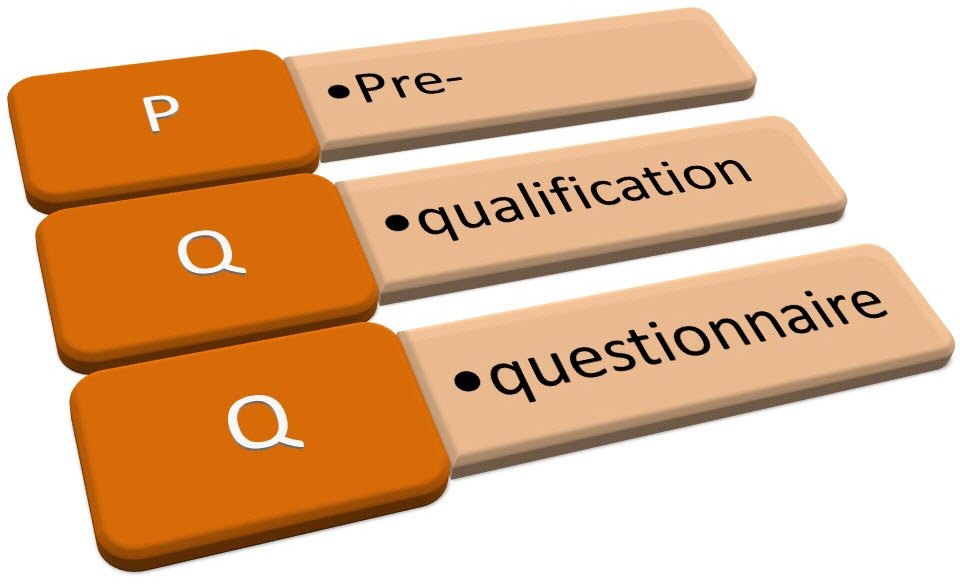Prequalification is a crucial process in the competitive world of project management and construction. It involves evaluating potential contractors or suppliers to determine their suitability for a specific project before they are invited to tender. Effective prequalification can significantly influence the success of a bid, ensuring that only the most capable and reliable candidates are considered. This guide provides a comprehensive overview of prequalification guidance to help organizations navigate this complex process with confidence and precision.
Understanding the Prequalification Process
Prequalification serves as a filtering mechanism to assess and select contractors or suppliers who meet the necessary criteria for a project. This process typically involves a thorough review of an organization’s financial stability, technical capabilities, past performance, and compliance with industry regulations. By conducting prequalification, project owners and managers can mitigate risks, avoid potential delays, and ensure that they work with qualified and trustworthy partners.
Key Steps in the Prequalification Process
- Define Criteria and Requirements: Establish clear criteria and requirements for the prequalification process. This includes financial stability, experience, technical capabilities, and compliance with legal and regulatory standards. Clearly defined criteria help streamline the evaluation process and ensure that all potential bidders are assessed consistently.
- Prepare Documentation: Collect and organize all necessary documentation required for prequalification. This may include financial statements, project histories, references, insurance certificates, and proof of licenses. Proper documentation is crucial for demonstrating the bidder’s qualifications and meeting the specific requirements of the project.
- Conduct Assessments: Evaluate potential bidders based on the established criteria. This involves reviewing financial health, assessing past project performance, verifying technical expertise, and ensuring compliance with regulatory requirements. Detailed assessments help identify the most suitable candidates and reduce the risk of selecting underqualified or unreliable bidders.
- Review and Shortlist: After conducting assessments, review the results and create a shortlist of qualified candidates. This shortlist represents the bidders who meet the necessary criteria and are deemed capable of successfully executing the project. Ensure that the selection process is transparent and objective to maintain fairness and integrity.
- Provide Feedback: Offer constructive feedback to both successful and unsuccessful bidders. For those who are not selected, providing feedback can help them improve their future submissions and understand areas where they may need to strengthen their qualifications.
- Continuous Improvement: Continuously evaluate and refine the prequalification process based on feedback and lessons learned from previous projects. Implementing improvements helps enhance the efficiency and effectiveness of future prequalification efforts, ensuring better outcomes for subsequent bids.
Best Practices for Effective Prequalification
- Develop a Standardized Process: Create a standardized prequalification process that can be applied consistently across different projects. This ensures fairness and reduces the administrative burden associated with evaluating multiple bidders.
- Leverage Technology: Utilize technology and software tools to streamline the prequalification process. Automated systems can help manage documentation, track assessments, and maintain records efficiently.
- Engage Experts: Consider engaging prequalification consultants or experts who can provide specialized knowledge and guidance. Their expertise can enhance the quality of assessments and ensure compliance with industry standards.
- Maintain Clear Communication: Ensure clear and open communication with potential bidders throughout the prequalification process. Transparent communication helps build trust and facilitates a smoother process.
Conclusion
Prequalification is a vital step in the project management and construction sectors, serving as a critical filter to ensure that only qualified and reliable bidders are considered. By following comprehensive prequalification guidance, organizations can enhance their bid success, reduce risks, and ensure that they partner with capable entities. A well-executed prequalification process not only streamlines project procurement but also contributes to the overall success and efficiency of projects, ultimately leading to better outcomes for all stakeholders involved.
